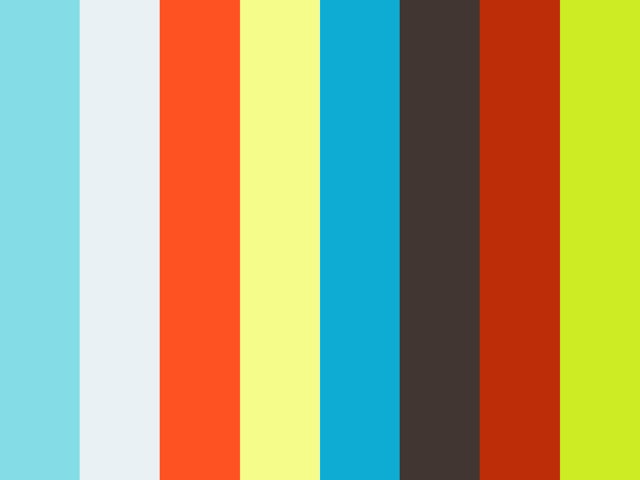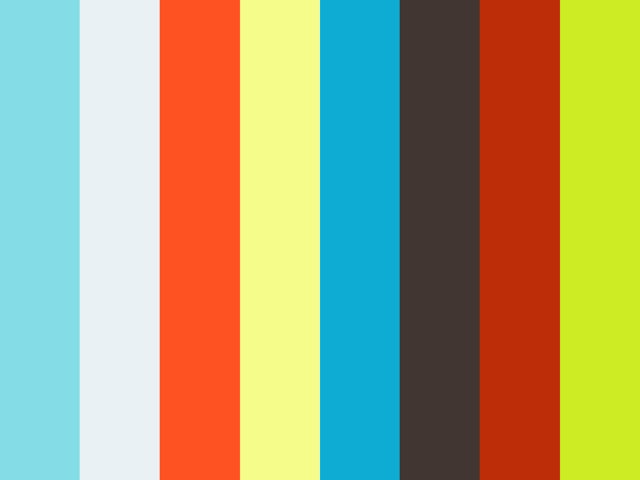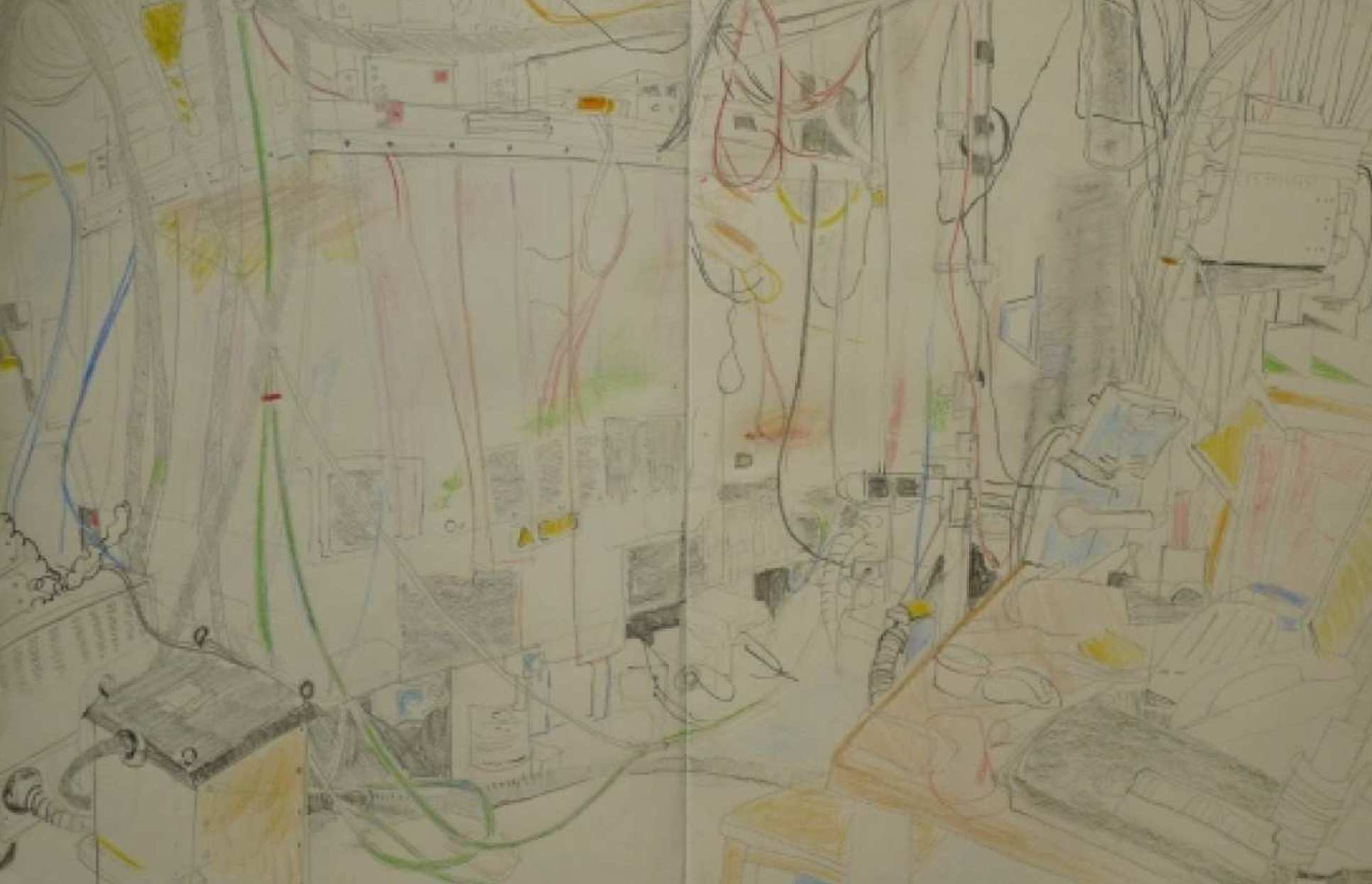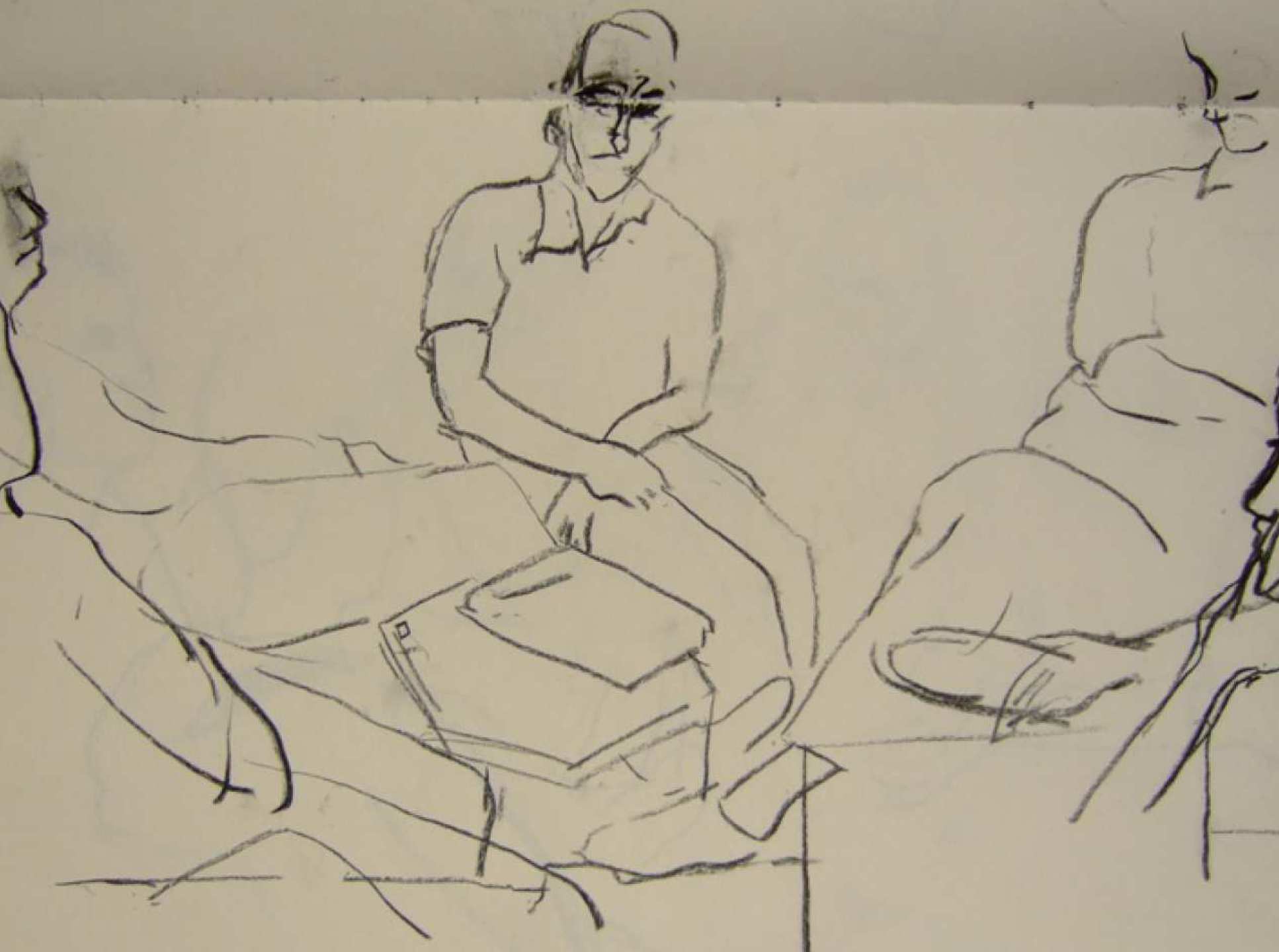An Artist's Perspective
The Shape of the Electron
In the basement of Imperial College Physics Department this small team works to discover something totally new, the knowledge of which will have profound implications for our understanding of the universe.
I'm making work about this project and collecting it here in the form of writings, drawings, prints, paintings and film. The short films below are the best place to begin and tells the story of the project.
I would like to thank the physicists measuring the shape of the electron: Jack Devlin, Ed Hinds, Jony Hudson, Ben Sauer, Joe Smallman, MikeTarbutt who have enthusiastically answered my questions, shared their ideas and helped in many practical and creative ways. And I thank the Leverhulme Trust, Imperial College and EPSRC for their support.
You might also enjoy visiting my project website, 'Finding Patterns', where I share other experiences of working at Imperial College Physics Department and artworks that give some insight into the scientific life.
Please feel free to contact me for more information at: geraldine.cox@imperial.ac.uk
An Artist's Perspective
Story
Explanation to a Scientist
In spite of the title, this two minute film is intended for the non-physicist as much as the physicist to give insight into the language physicists use and to share the beauty in the language and the forms.
I would like to thank the EDM team at Imperial College and in particular physicist Mike Tarbutt who scripted the narrative. The artwork is from a triptych of three lino cut prints that tell the story of the experiment from different perspectives.
Explanation to a Scientist

Story
In this 4 minute film I have tried to capture the essential story of the project. The musical soundtrack is by EDM scientists: Ed Hinds (Bach, piano) and Ben Sauer (Sibelius, double bass).
The Shape of the Electron

Film Narrative
Electrons are spinning things.
Whirling around the outskirts of every atom they give form, colour and information to our world.
You probably imagine them to be round, defined by a single number. We all expect beautiful symmetry, but our best theories need quirky asymmetry to explain why we exist. We imagine that nearly 14 billion years ago, our universe began symmetrically, with as much matter as anti-matter. This would cancel out in spectacular annihilation, removing all stuff, leaving no potential for us, just a universe of spreading light. To solve this problem of existence, amongst other conditions, we think that the shape of the electron needs to be an egg.
The shape brings other implications. In our complex world there are clues about the direction of time, but physicists ask – ‘can we tell for the simplest things?’ If the electron’s shape is an egg, time’s arrow permeates even the tiniest scales. If it is round, then we cannot always be certain if we are moving into the future or the past.
You might wonder why we don’t know the shape of the electron by now. The incredible hardness of this question is due to the smallness of the electron. It is infinitesimally small – an unimaginable ten thousand trillion trillion make the weight of a gnat’s wing or a single snowflake. So an electron is affected by everything and we have to pay attention to many details.
Here is our experiment, beautiful with its simple question, economy and far reaching meaning, requiring so much ingenuity and paraphernalia.
In the subterranean room, beneath the weight of twelve storeys, the systems hum. Spending time with the experiment, you lose track of the hours and the weather. The laser light speckle is steely and captivating and hard on the eyes. There’s a tall chamber shielded in magnetic field proof jackets. Inside it’s as cold as space. The electrons travel upwards in synchronisation – spinning and precessing. Preparations and measurements are made with the finely tuned green laser beam light causing the electrons to sing and give up information. An egg shape precesses faster than a round one - the experiment measures how fast the electrons precess.
The close knit little band of scientists working on the experiment is dogged, clever, dry humoured, war torn, serious and beautiful. They have had some quease-making setbacks over the years. They never stop trying to figure out problems. It is like an almost infinite crossword puzzle. After so long, one can read the health of the laser light from its colour and intensity, intuit if the calculating machines are working well and spot if there is something out of place. He says the work requires great pessimism, so every small advance feels like progress. To save themselves from bias inherent in their human nature they mask the results and take the data blind. And they take vast quantities.
So far, the electron remains stubbornly round. And over dinner friends say “of course it is - what have you been wasting your time doing?” They don’t realise they might not be here if it was and that time’s arrow may sometimes be unknowable.
The experiment is measuring with staggering accuracy to a hairs breadth against the size of our galaxy. Teams in America are entering the fray and everyone will be glad if someone delivers a result. Our experimenters will make the experiment much more precise and keep measuring even if they have to build a new machine, looking for the tiny asymmetry.
- Geraldine Cox, June 2012
Laboratory
It was good to sit for a long morning and then a long afternoon drawing the experiment.
A scattered green laser beam catching my collar bone.
The team find these drawings interesting, because they show everything, even cable ties. Each person sees the set up differently: one may focus on the quality of the laser light, the calculations and orderliness of equipment; another on the people, the problems they're trying to solve and his abstract picture of the heart of the experiment.
Drawings below: Pencil and coloured pencil across sketchbook pages, 36 x 56 cm. For further details see artists's website.

Experiment
In the summer of 2011, the most recent result from the experiment was published in a 'Letter to Nature' and one physicist commentator in the magazine said that experiments like this can be viewed as 'low energy windows onto the high energy soul of the cosmos'.
Here, in this lino cut print are the essential features of the experimental set-up, arranged in a long window echoing the tall chamber at the heart of the experiment.
Designed to be read from the bottom to the top - the action begins with the creation of large molecules with an outer electron, these are prepared by laser light and travel upwards through the tall chamber; measurements are made at the top.
Image: Oil lino cut print on Japanese paper, 54 x 17 cm

The Classical Picture
We have spent ages putting this together. Physicists envision what's going on in different ways - though each visualisation must yield the same experimental results. In addition to the quantum picture we have the classical view that considers the electron as an infinitesimally tiny spinning object, precessing around an axis.
If you speak physics, read the journey of the electrons from the bottom of the page to the top and if you don't I hope you enjoy the rich blue colour and the forms.
In particular, I thank physicist, Mike Tarbutt who helped create this picture.
Image: Oil lino print on Japanese paper, 54 x 17 cm

The Quantum Picture
It is an interesting thing, that physicists have two different ways of thinking about what is going on in this experiment - the quantum and classical views. Each model visualises quite different happenings though both must yield the same measurement outcomes.
In this lino cut print I outline the imagined quantum picture. Even if you don't speak any physics, I hope you enjoy the abstract landscape and the symbols and texts which are mostly standard ways of expressing ideas in physics (with one or two exceptions, such as the sunburst around the symbol for the electron dipole moment (de) which relates to the shape of the electron and is what we are measuring and the interwoven double helix form which indicates that the electron is in two energy states at the same time).
Making this design led me to think of the abstracted landscapes of Japanese prints, where mountains inhabit voids and streams flow wherever the artist chooses. The format of this image is designed to sit alongside the experimental set-up depicted in 'Experiment', so that the two prints can be read together with events unfolding in the same space and time as you travel from the bottom of the page to the top. Similarly, you can also view the Classical Picture.
For those who speak a little physics, I'd like to share the aspect I find most beautiful in this experiment and that is the wonderful interference pattern essentially formed between the evolving possibility of the electron being in one spin state and it being in the other.
Thank you to physicists, Jony Hudson and Mike Tarbutt for helping create this image.
Image: Oil lino cut print on Japanese paper, 54 x 17 cm

The Team
"The close knit little band of scientists working on the experiment is dogged, clever, dry humoured, war torn, serious and beautiful. They have had some quease-making setbacks over the years. They never stop trying to figure out problems. It is like an almost infinite crossword puzzle." 'Story'
These drawings were made in a team meeting in the week the group published their latest result in a 'Letter to Nature'. The heart of the conversation was concerned with improving the experiment and getting over a problem with the metal plates producing the electric field.
Drawings: charcoal on sketchbook pages



